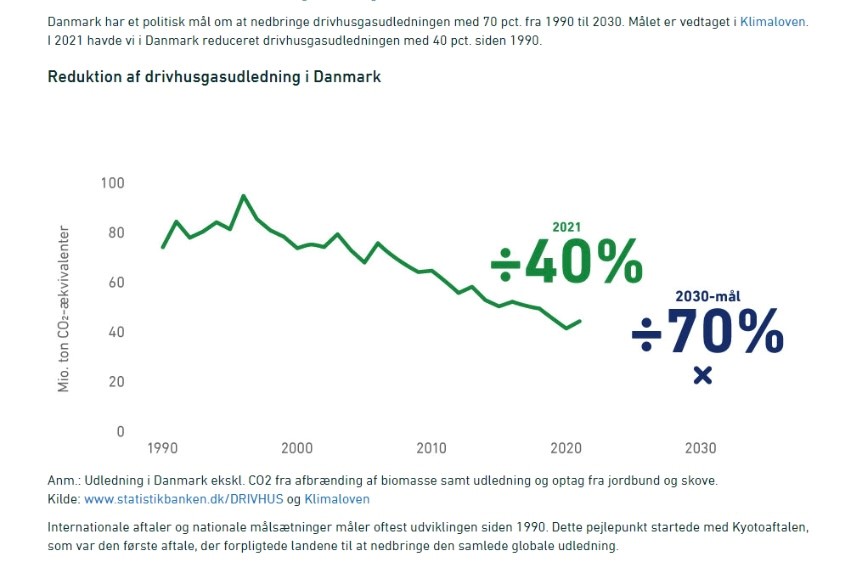Statements to your auditor
CEMS provides statements for the user's accounts: the achieved reductions in CO2e equivalents, life cycle analysis (LCA) and ESG performance for the user's company are recorded and made available in your accounts.
Auditor access: Your auditor is granted access to CEMS, where they are to verify that the registration is correct and without remarks.
Self-entry of data: The user (company) is responsible for entering CO2e emissions, CO2e reductions, life cycle analysis (LCA) data, and ESG data into CEMS.
Approval of registrations: Your auditor must subsequently approve the registered quantities in CEMS. This is done annually in connection with the user's financial year-end.
Documentation options: The auditor has the option to extract documentation statements in the form of PDF and Excel.
The importance of data and references: To ensure accuracy, credibility, and transparency in the user's reporting, it is crucial to prioritize correct and reliable data entry in CEMS. Data forms the basis of all calculations and statements, and therefore, special attention should be paid to collecting and recording information carefully.
The necessity of correct data: Correct and precise data is the cornerstone of any sustainability and environmental management system. Errors in data entry can result in inaccurate calculations and undermine the validity of the achieved CO2e reductions, life cycle analyses (LCA), and ESG performance.
The importance of reliable references: Having reliable references and source citations for data is essential. This not only enables auditors and stakeholders to verify entered information, but also supports the transparency and trust in the reported results.
Transparency in the process: A transparent process, where data collection and registration are thoroughly documented, enhances the credibility of CEMS reporting. Clear references help explain the origin and methods behind the entered information.
User responsibility and audit: It is the user's responsibility to ensure that entered data is accurate and fully documented. The auditor's role in approving and verifying this data underscores the importance of providing comprehensive documentation to support the reported results.
By prioritizing data integrity and source references in CEMS, the user can achieve a more reliable and credible environmental and sustainability reporting, further strengthening the foundation for sustainable corporate governance.
Tax
Climate ESG Monitoring System (CEMS) makes your CO2e savings usable and accounting-ready. This takes place through CEMS's online accreditation platform.
If you as a user have reduced your CO2e footprint and this is documented via CEMS, then the CO2e equivalents are deductible in your accounts.
The Climate ESG Monitoring System (CEMS) also manages your potential overcompensation, ensuring that you are only taxed when you redeem the savings for your overcompensation.
Explanation: A carbon dioxide equivalent or CO2e equivalent, abbreviated as CO2e, is a metric used to compare emissions from different greenhouse gases based on their global warming potential (GWP), by converting quantities of other gases into the equivalent amount of carbon dioxide, with the same global warming effect.
www.dst.dk/da/Statistik/temaer/klima

